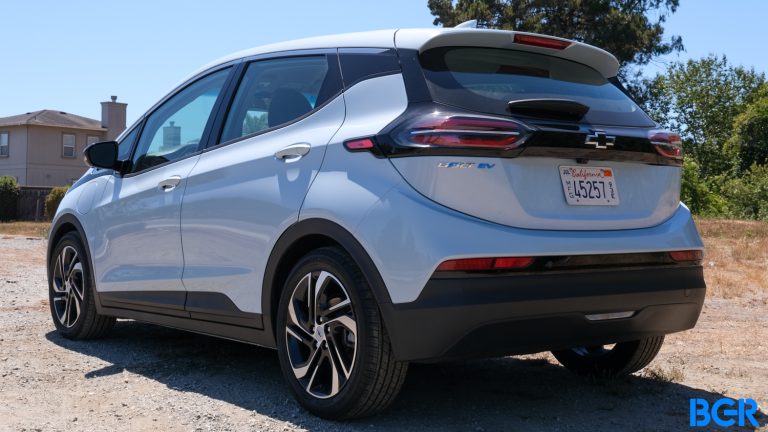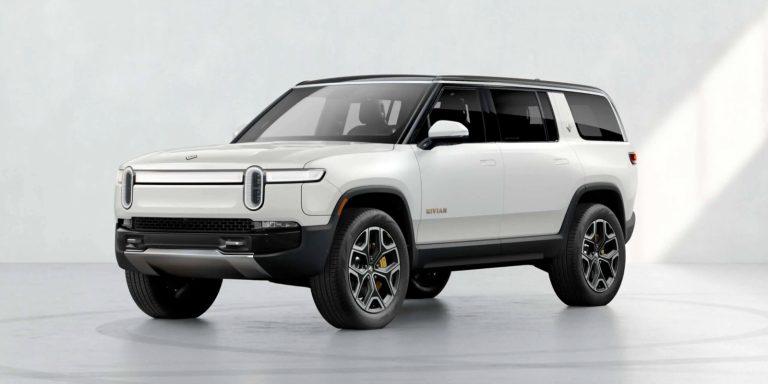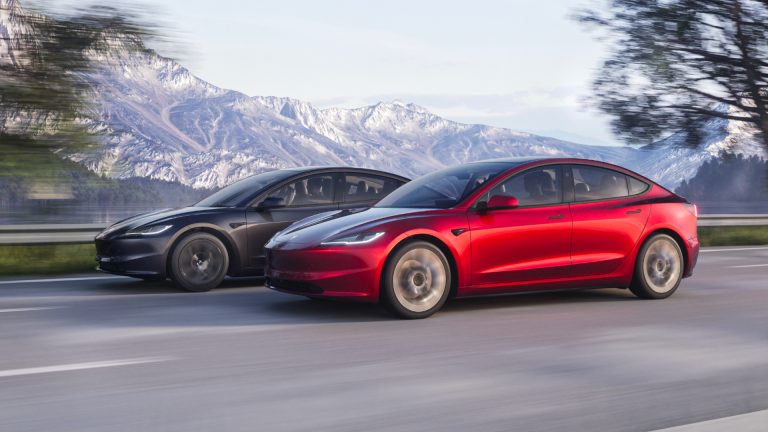Happy New Year! And with a new year now upon us, say goodbye to a ton of vehicles that had qualified for the $7,500 federal tax credit in 2023. With the new federal requirements that kicked into effect on January 1st, a ton of electric vehicles that previously qualified for the full tax credit have either been downgraded or lost their eligibility altogether.
As reported by The Verge, the number of electric vehicles and plug-in hybrids that still qualify for the full $7,500 federal tax credit is very low. Chevrolet, Chrysler, Ford, and Tesla all still make vehicles that qualify for the full credit, but not every configuration or every model qualifies.
What qualifies for the $7,500 tax credit?
For Chevrolet, the Bolt EV and Bolt EUV still qualify if you buy the 2022-2023 model and keep the price of the new vehicle under $55,000. Chrysler’s Pacifica PHEV qualifies for the 2022-2024 model years as long as the price of the vehicle doesn’t cross $80,000. The Ford Lightning with the Stand and Extended Range Battery also still qualifies for the 2022-2024 model years as long as the cost of the truck doesn’t cross $80,000.

For Tesla, select configurations of the Model 3, Model Y, and Model X still qualify for the full tax credit. The Model 3 Performance for the 2023-2024 model years qualifies as long as the vehicle doesn’t cost more than $55,000. The Model Y All-Wheel Drive and Performance both qualify for their 2023-2024 model years, while the Rear-Wheel Drive is limited to the 2024 model year. For all three, the price of the vehicles can’t cross $80,000.
What qualifies for the $3,750 tax credit?
There are also still a number of vehicles that, while not qualifying for the full credit anymore, still qualify for the $3,750 half credit. The big one is Rivian, whose R1S Dual Large, R1S Quad Large, R1T Dual Large, R1T Dual Max, and R1T Quad Large configurations all qualify for the 2023-2024 model years as long as the cost of the vehicle does not exceed $80,000.

The Ford Escape Plug-in Hybrid qualifies as well for the $3,750 credit for the 2022-2024 model years as long as the vehicle doesn’t cost more than $80,000. The Jeep Grand Cherokee PHEV 4xe and Wrangler PHEV 4xe both qualify for their 2022-2024 model years for vehicles that cost less than $80,000. Lincoln’s Corsair Grand Touring PHEV is the last on the list. The 2022-2024 model year qualifies as long as it doesn’t cross that $80,000 price threshold.
For some of the vehicles above, it is going to be incredibly hard to buy one new that actually falls under those MSRP price limits. For example, adding Full Self-Driving to pretty much any of the Teslas listed will shoot you over the limit, meaning that you’ll lose the ability to qualify for the full $7,500 tax credit. A Rivian can also cross the $80,000 limit pretty quickly right now, so good luck adding any options on one of those. Just keep those limits in mind when you’re shopping around.
Don’t forget about the used tax credit
While the number of new vehicles that qualify under the new requirements is really low now, don’t forget that you can still take advantage of the used EV tax credit. There are income requirements, but you can basically get up to 30% of the sale price as a credit (up to $4000).
The used electric vehicle must also cost less than $25,000, and you must meet the following requirements:
- Be an individual who bought the vehicle for use and not for resale
- Not be the original owner
- Not be claimed as a dependent on another person’s tax return
- Not have claimed another used clean vehicle credit in the 3 years before the purchase date
In addition, your modified adjusted gross income (AGI) may not exceed:
- $150,000 for married filing jointly or a surviving spouse
- $112,500 for heads of households
- $75,000 for all other filers
The tax credit could be instant now
For people who do happen to buy one of the electric vehicles or plug-in hybrids that still qualify for one of the federal tax credits, you’ll at least be able to take advantage of getting your credit immediately at the time of purchase rather than having to wait until tax time.
Over 7,000 dealerships have signed up to offer the instant federal tax credit, which will allow consumers to instantly use their $3,500 (for used EVs) or $7,500 (for new EVs) tax credit when they buy their new electric vehicle from the dealership rather than having to wait until tax season to get their money.

EV shoppers will now be able to lower their monthly payment if they finance their new electric vehicle through participating dealerships since they can instantly use their tax credit to lower the purchase price of their new electric vehicle. Dealers will redeem the credit from the IRS directly.
The Inflation Reduction Act provides taxpayers with credits for qualified new and previously owned clean vehicles acquired and placed in service during the taxable year. Beginning Jan. 1, 2024, in certain situations, taxpayers will be able to transfer the new and previously owned clean vehicle credits to eligible entities.
Today’s guidance clarifies how taxpayers can elect to transfer new and previously owned clean vehicle credits to dealers who are eligible to receive advance payments of either credit. The proposed regulations and revenue procedure also provide guidance for dealers to become eligible entities to receive advance payments of new or previously owned clean vehicle credits.
So, while there are fewer EVs that qualify for partial or full credit, buying one of those qualifying vehicles and getting your credit is easier — as long as you buy one at a participating dealership. We’ll see if that boosts sales of the EVs that still qualify for the credit.








